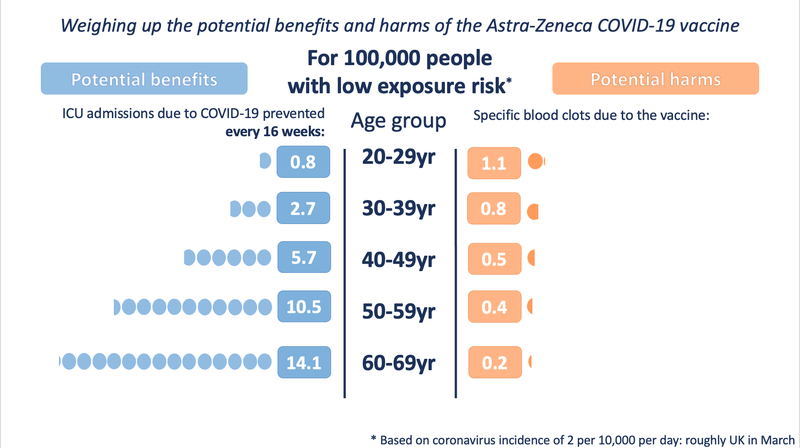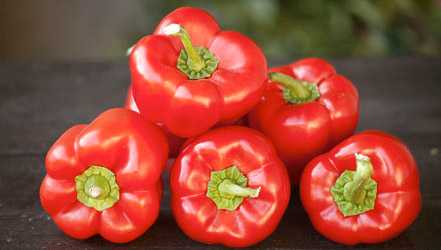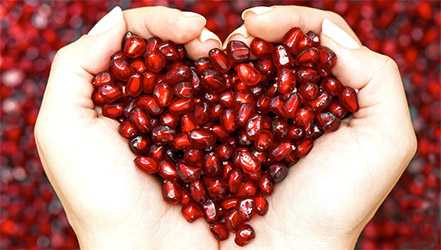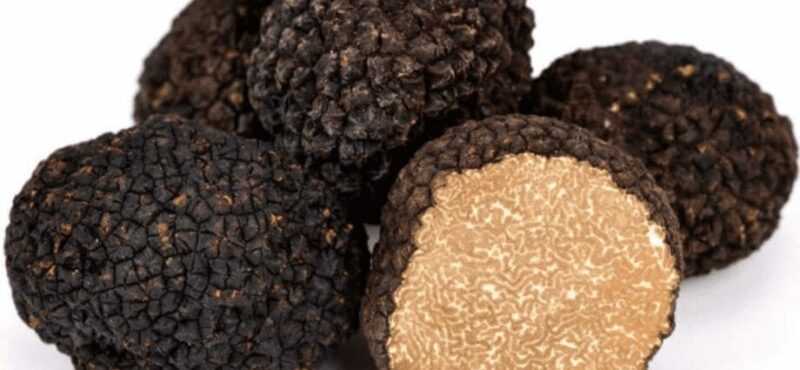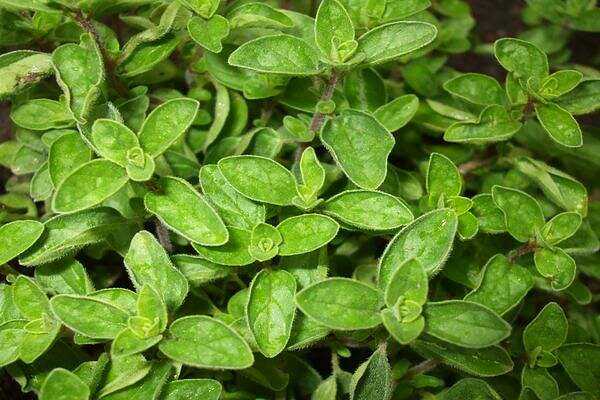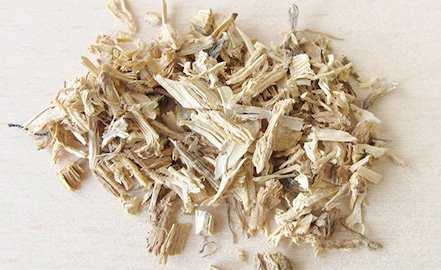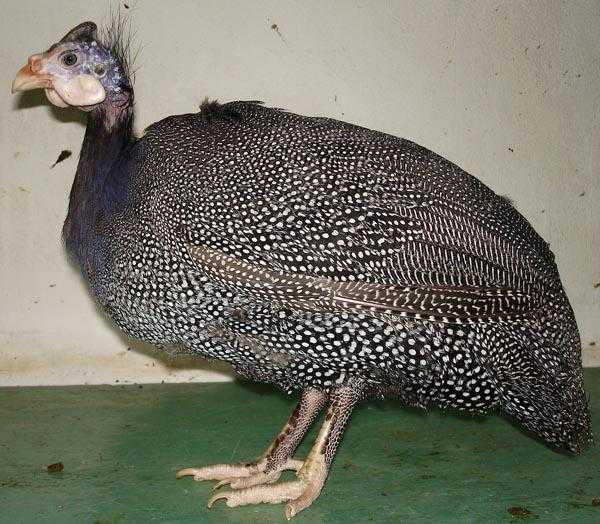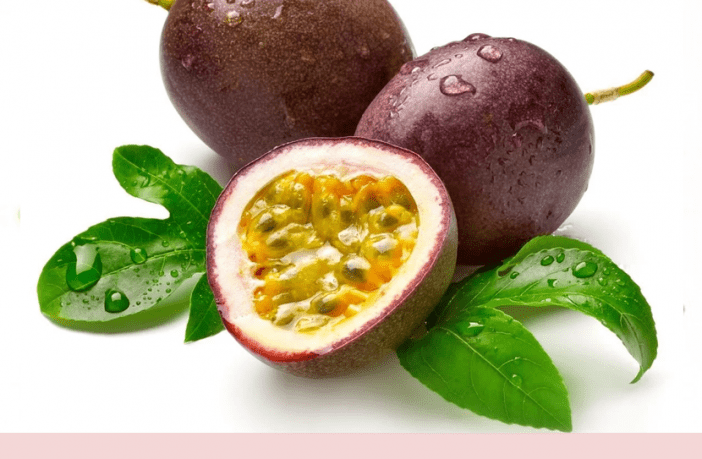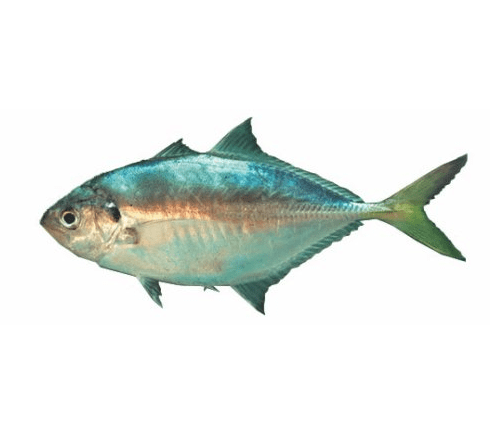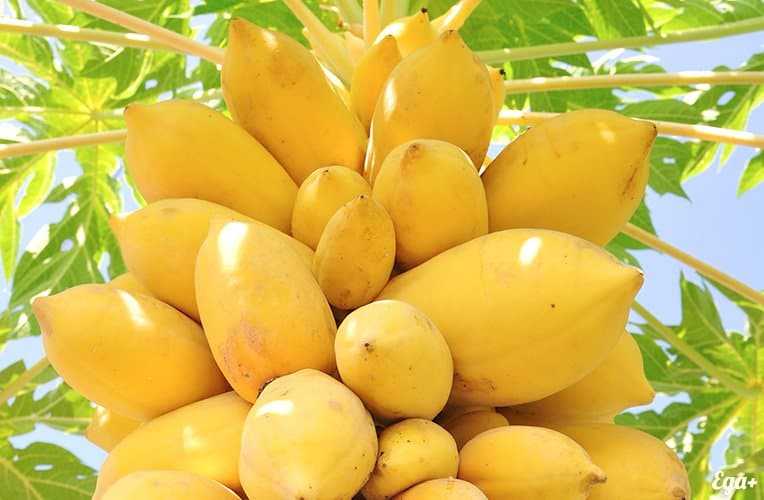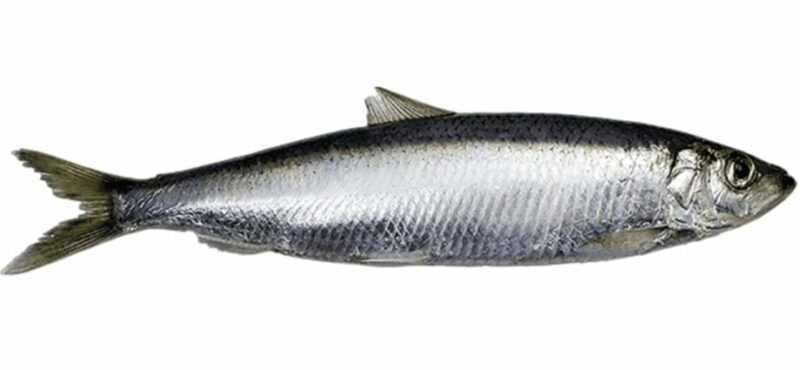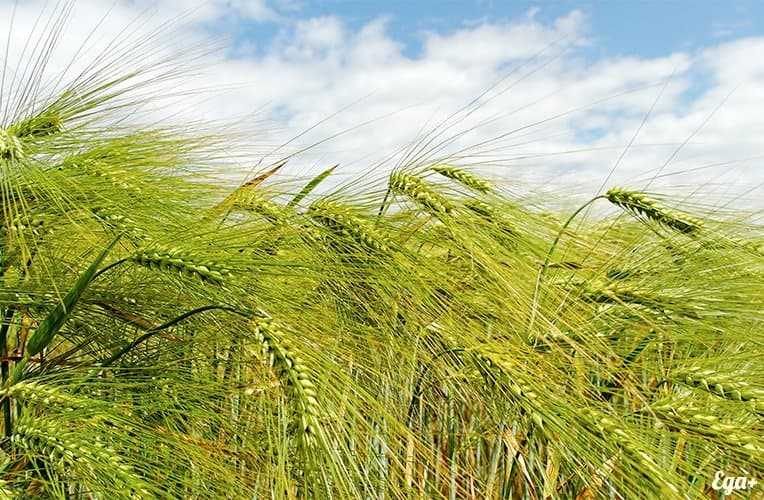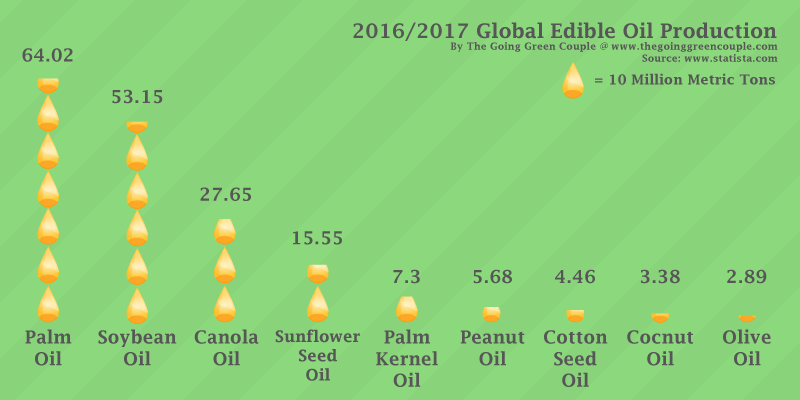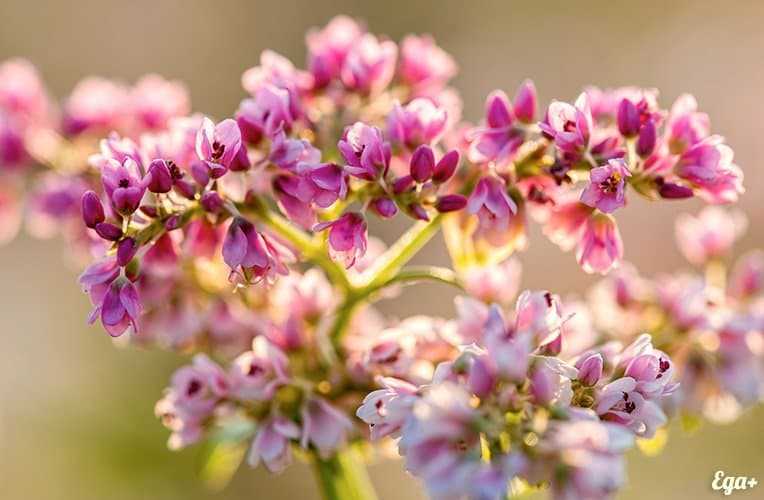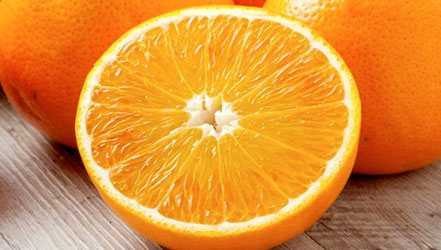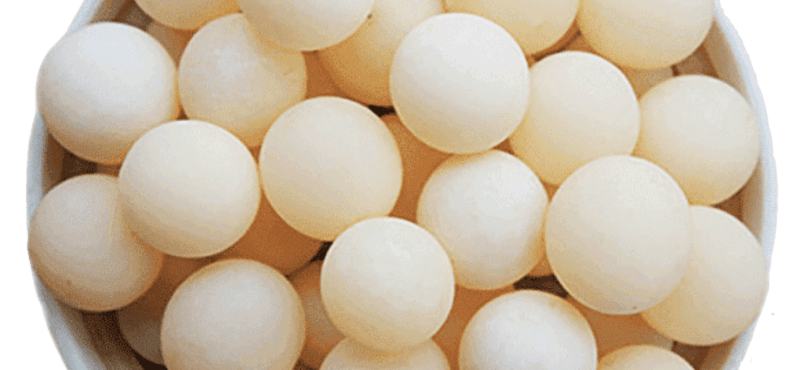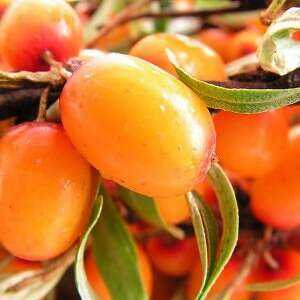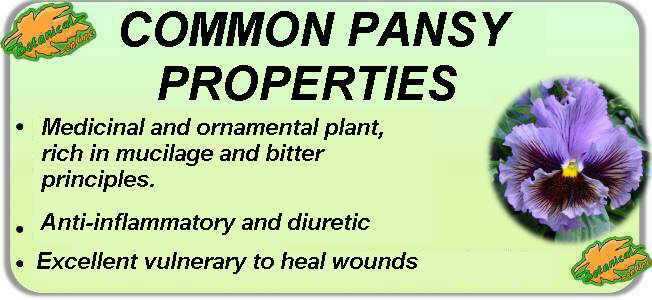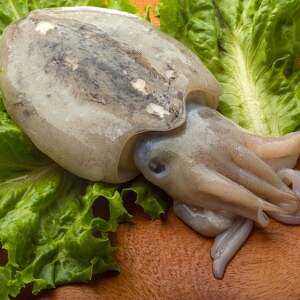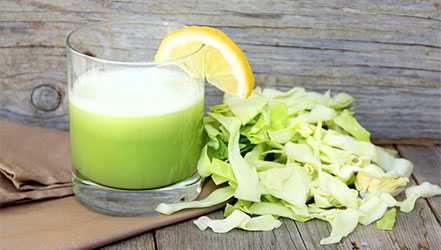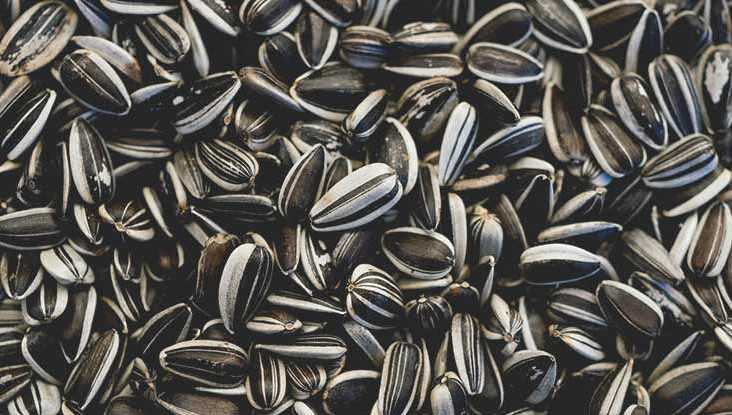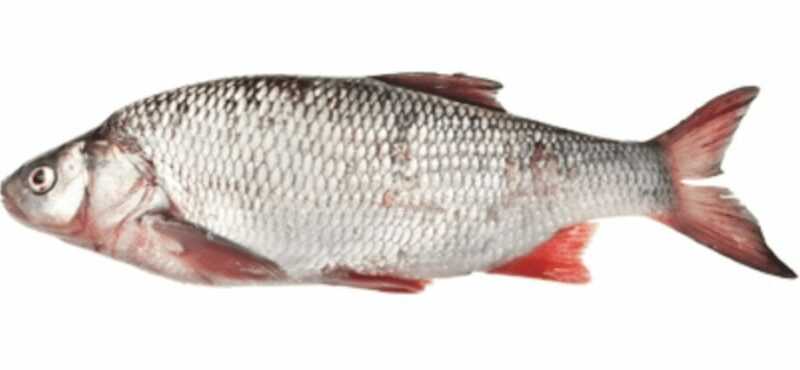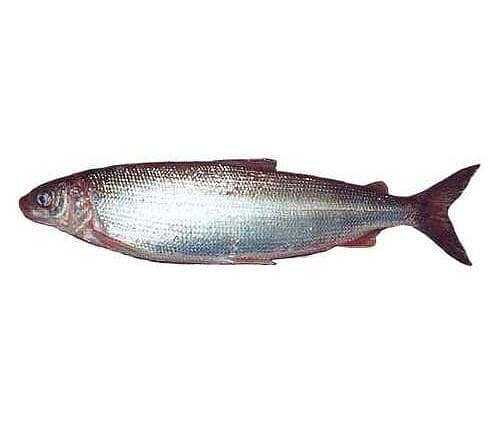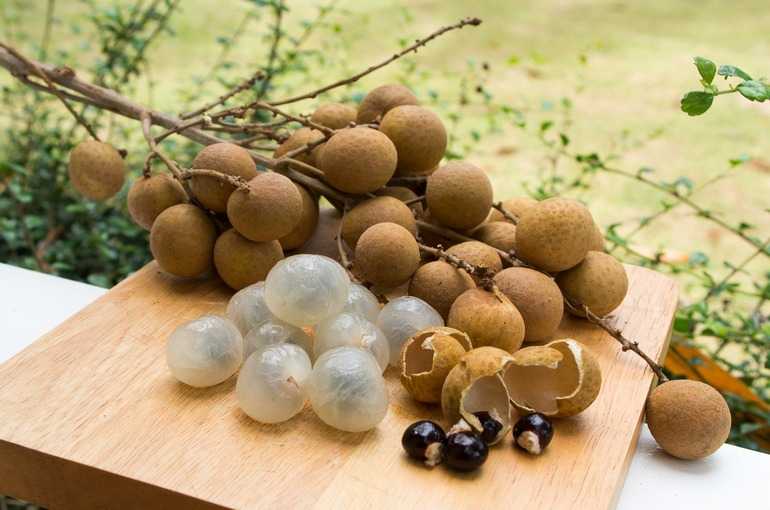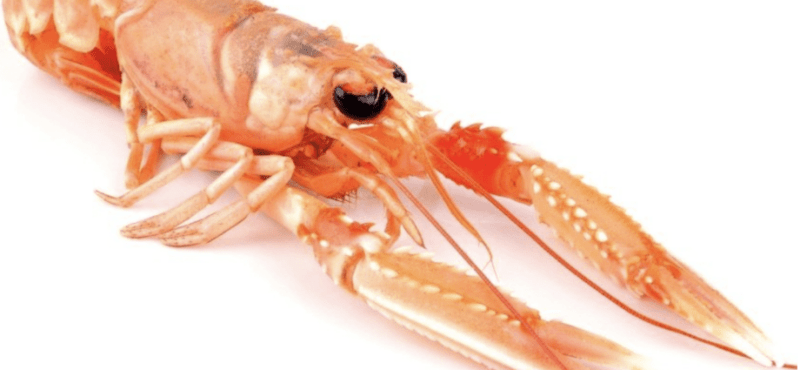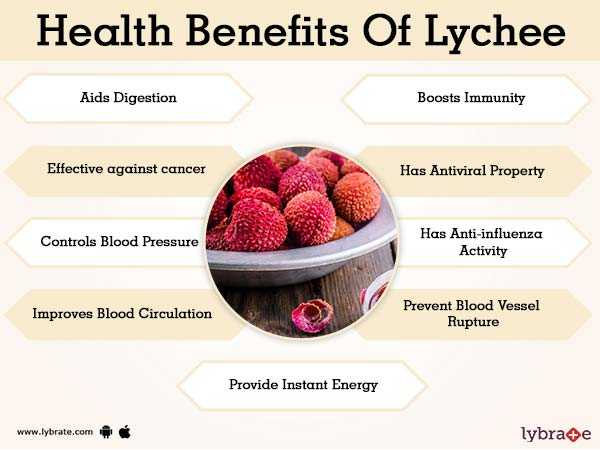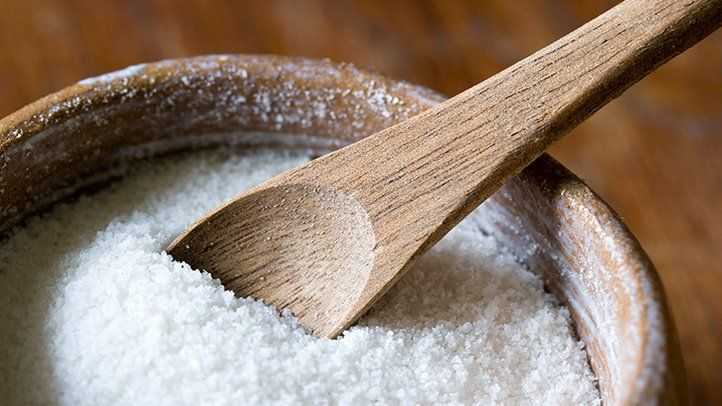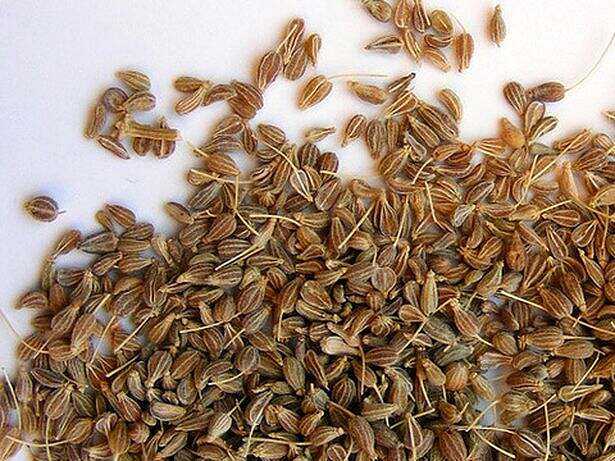… the most widespread is the gray blackberry. It is found on wet soils of flooded meadows, along the banks of rivers and streams, among shrubs, in ravines and in clearings, where it often forms continuous, impassable thickets due to the dense standing of shoots.
It is a shrub with lying or ascending, often arcuate and rooting shoots 60-150 cm long, covered with abundant bluish bloom.
The thorns on the shoots are thin, straight or curved, uneven. The leaves are trifoliate, only the lower ones are sometimes fivefold, on pubescent and spiny petioles. The leaves are green above, paler below, sparsely fluffy. The flowers are rather large, almost 2 cm in diameter, collected at the end of the stem and branches in thin corymbose racemes.
The fruits are rather large, similar in appearance to raspberries, but black and covered with a bluish bloom, consist of a small number of large drupes. Blackberry blooms in June – July, bears fruit in August – September. Its plants are characterized by low frost resistance. The lack of plantations in our country is compensated in part by wild thickets.
Blackberry fruits are juicy, sourish in taste. The chemical composition of the berries: organic acids – 0,96%; the total amount of sugars is 4,53%; tannins and dyes -0,18%; pectin compounds – 0,37-0,56%.
The fruits of blackberries contain mainly malic acid, there are small amounts of tartaric, citric and salicylic. Sugars are mainly represented by glucose and fructose; sucrose is much less. When fruits ripen, their sugar content increases due to sucrose.
The berries contain vitamins: carotene (provitamin A) -0,5-0,8%; vitamin C – 5,0-38,0%; vitamin B1 – 0,033%, B2 – 0,03%; nicotinic acid – 1,6% (according to the content of the specified vitamin, blackberry is much superior to numerous fruits and berries); vitamin K – 0,5% and others.
Contains significant amounts of capillary-strengthening, anti-sclerotic and anti-inflammatory phenolic compounds (anthocyanins, leukoanthocyanins, flavonols and catechins).
Leaves, fruits, plant sap and roots are used for medicinal purposes. Leaves (preferably young) are harvested during flowering, fruits – as they ripen.
Blackberries are eaten fresh, they are used to make marshmallows, jams, soft drinks, tinctures, syrups, jellies and compotes.
When processing blackberry fruits at home, the same methods and recipes are used as for raspberries.
Medicinal uses of blackberries
* Take a decoction of the leaves for gastritis and gastric bleeding (10 g of leaves per 0,5 l of boiling water).
* Prepare medicinal tea: fresh leaves are placed in a closed glass or earthen vessel, where they remain until they fade, after which they are steamed in a water bath until they turn black and air dried. The tea made from these leaves takes on an aroma and flavor similar to that of Chinese tea.
* For dysentery, a syrup is prepared: take 500 g of lump sugar and 250 g of berries, cook over low heat until a thick syrup is formed. Take 3-4 tablespoons per day.
* In the treatment of chronic intestinal catarrh in folk medicine, blackberries and fresh and dried leaves are used.
* Blackberries in the form of tea are recommended as a soothing and tonic, especially during menopause.
* Berries have a diaphoretic effect (used as raspberries).
* The leaves are used (in the form of an infusion) as a sedative for hysteria, and are also used in the treatment of atherosclerosis and hypertension.
* Use as a rinse for stomatitis (inflammation of the oral mucosa) and tonsillitis infusion of blackberry leaves: take 50 g of raw materials per 1 liter of boiling water, infuse for 15-20 minutes, then filter through cheesecloth.
* Infusion of leaves is used for diseases of the upper respiratory tract as an expectorant. 1 tablespoon of chopped leaves in 1 glass of boiling water, insist for 4 hours and drink 30 g 100-3 times a day 4 minutes before meals.
With pulmonary bleeding
the infusion is taken every 2 hours.
* With shortness of breath, a decoction of blackberry branches helps.
* For intestinal disorders, a decoction of leaves containing tannins is used: 1 part of raw material for 10 parts of water, boil for 20 minutes. Take 1 tablespoon 3 times a day.
* Blackberry leaves have wound healing and anti-inflammatory properties due to the presence of phytoncides in them. Crushed fresh leaves are applied to ulcers, lichen, chronic and purulent wounds.
* For too prolonged and heavy menstruation, infusions of blackberry leaves are used. The infusion improves overall well-being and normalizes sleep, reduces anxiety.
* In case of diabetes mellitus, tea from blackberry leaves improves metabolism.
